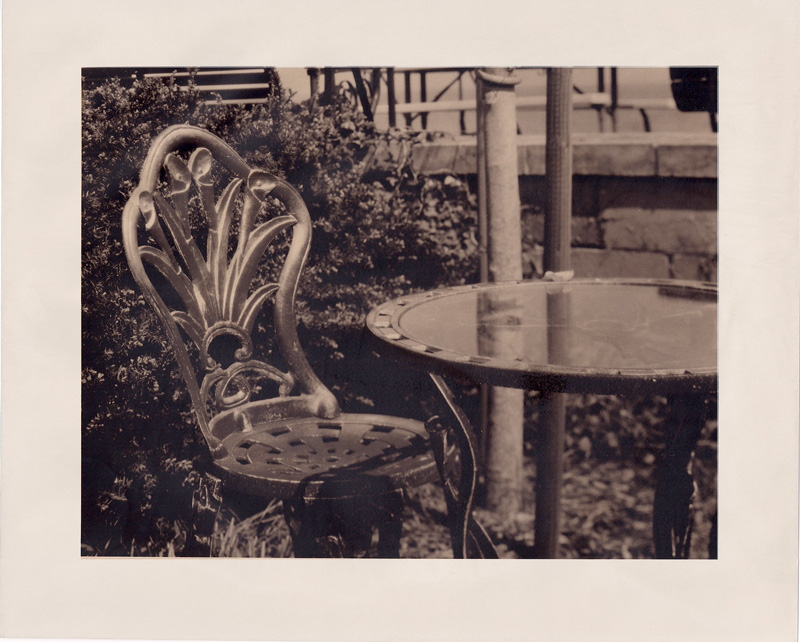Garden Bistro - Wine print
-
A
- Toffle
- Location
- Leamington, ON
- Equipment Used
- Calumet CC 401
- Film & Developer
- Fuji HR-T X-Ray film HC-110
- Paper & Developer
- Central Camera house-brand FB Mat paper, Red wine "Caffenol"
- Lens Filter
- 2 1/2
| Photrio.com contains affiliate links to products. We may receive a commission for purchases made through these links. To read our full affiliate disclosure statement please click Here. |
PHOTRIO PARTNERS EQUALLY FUNDING OUR COMMUNITY:  |







